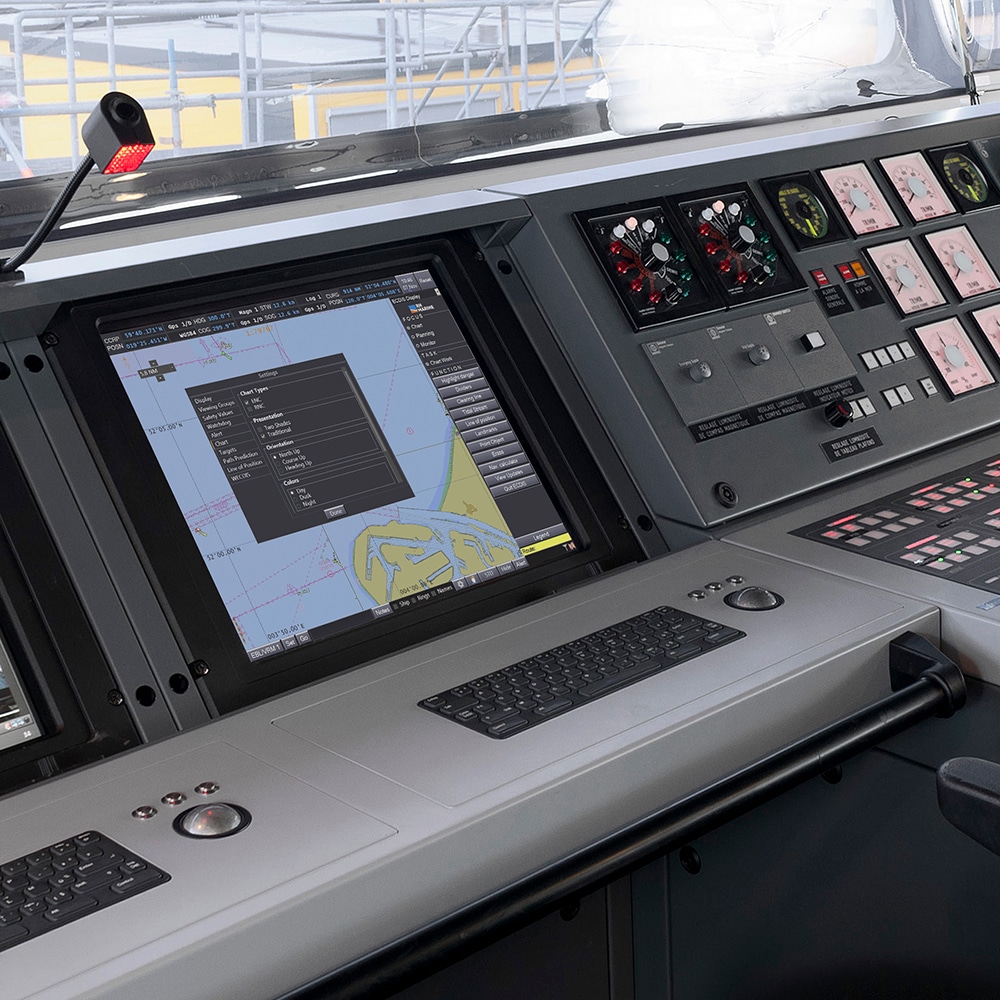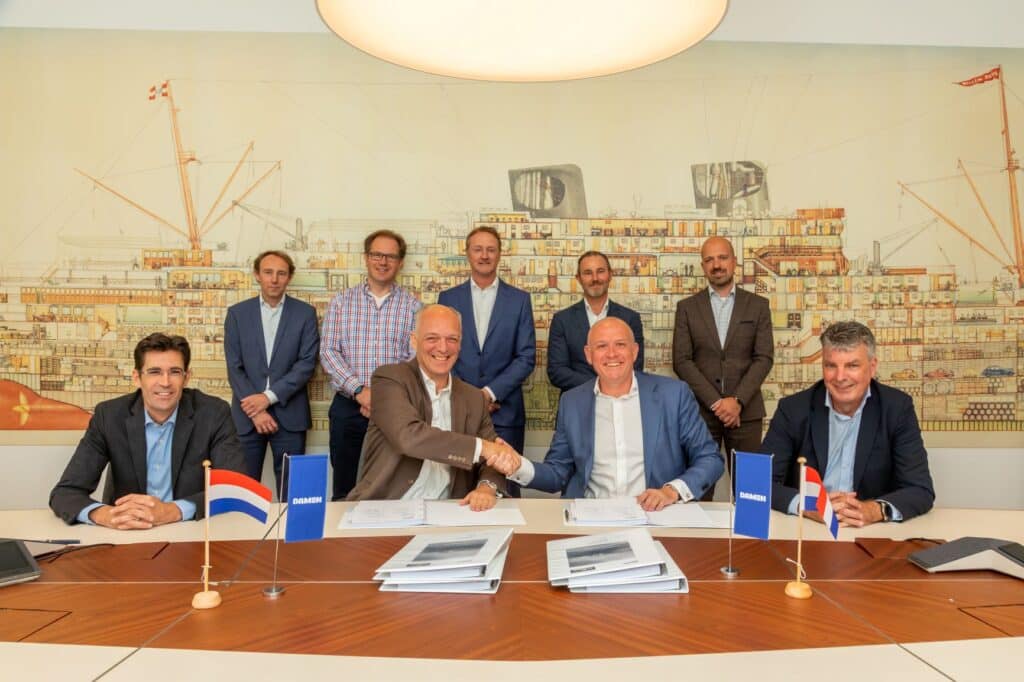The new standard ‘NEN-EN-IEC 62923 Bridge alert management’ applies in the EU to all new navigation equipment that is installed on the bridge of seagoing vessels. It controls the prioritization of alarms and how they are presented to the crew. The aim is to organize them in category of importance. By dealing with error messages in a smarter way, the control quality on the bridge rises.
The amount of alerts is increasing
“As the number of computers on board has increased significantly and it has become possible to monitor almost everything, the number of alerts for system abnormalities has also increased. However, not every alert is an immediate problem or requires immediate action,” says Kransse. “With fewer and fewer people on board, there is also less time to review and solve everything. That presented a problem and that is why priorities have to be set. The new standard helps to ensure that.”
New rules for on-board bridge alerts
Kransse emphasizes that applying the new standard does not only concern adapting a technical interface or software, but introduces a whole new concept that has to be implemented. Bridge Alert Management essentially requires equipment to switch from symptomatic alerts to functional alerts. This change of concept should lead to better and fewer error messages, which should reduce the burden to the operator and thus increase on board safety.
More detailed information for the ship operator
“Ship operators have to program equipment in such a way that alerts follow certain rules and attract attention in a certain way, depending the urgency of the issue and given the consequences. For example, if one of the three GPS systems on board fails, currently many alerts go off. Because the other two GPS systems still function, an operator only needs to know that the redundancy of the GPS availability is reduced. Such an alert therefore has less priority, and should have a lower attention level for the operator. In this case, it might be sufficient for the operator to see whenever they have time to inspect the equipment. Then there is no need for an audible warning signal that would distract from other tasks. If there is only one GPS system that fails, the operator must primarily know what to observe and determine, instead of that the GPS failed for some reason. An alert should therefore indicate which actions the operator should take”, explains Kransse.
New standard applied in systems of RH Marine
As a developer, manufacturer and supplier of navigation equipment, leading system integrator RH Marine was asked to chair the IEC working group. “As system integrator, we are able to adapt to the customer and translate regulations into equipment and systems,” he says. The new standard has now been applied and tested in all navigation equipment and systems supplied by RH Marine.




